The role of women in Ancient Greece has often been overlooked or misrepresented in traditional historical accounts. However, recent scholarship has made significant strides in uncovering and analyzing their lives, shedding light on their experiences, contributions, and struggles within a male-dominated society. This collection of books provides a comprehensive look at the lives of women in Ancient Greece, examining their roles in religion, society, literature, and art. These works also explore how women were portrayed by male authors and artists, offering insights into the complex dynamics of gender, power, and identity in the ancient world. Whether through historical analysis or literary interpretation, these books help us better understand the often-hidden voices of women in antiquity, making them essential reads for anyone interested in classical history, gender studies, or the social fabric of Ancient Greece.
Goddesses, Whores, Wives, and Slaves
by Sarah B. Pomeroy
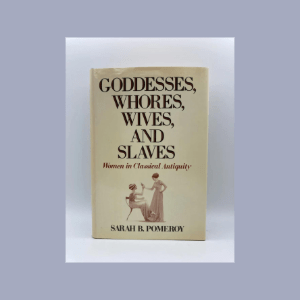
In “Goddesses, Whores, Wives, and Slaves,” Sarah B. Pomeroy explores the lives of women in Ancient Greece and Rome, offering a detailed examination of their roles across a period of 1,500 years, from the fall of Troy to the death of Constantine. Drawing on literary and archaeological evidence, the book sheds light on the often invisible half of ancient society, uncovering the experiences of women from all social classes. Pomeroy also explores why, despite powerful goddesses in mythology, the status of real women remained low. This accessible and insightful work helps reconstruct the history of women in a male-dominated world.
Women in Ancient Greece
by Sue Blundell
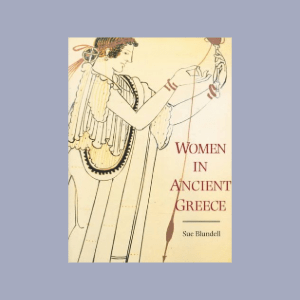
In “Women in Ancient Greece,” Sue Blundell presents a comprehensive history of women during the Archaic and Classical Ages, offering a fuller understanding of Greek society. Although largely excluded from public life, women appear in art, literature, legal documents, and medical writings of the time, offering insights into their daily experiences and legal status. Blundell examines these depictions, filtered through a male perspective, from Homer’s epics to vase paintings, and explores how men shaped ideals and anxieties about women. Through this analysis, Blundell reveals the cultural dynamics of a male-dominated world, enriching our understanding of women’s roles in Ancient Greece.
Making Silence Speak
by Andre Lardinois and Laura McClure
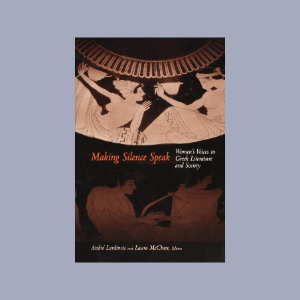
The collection “Women’s Voices in Antiquity” brings together essays that seek to recover and explore how women in the ancient world spoke, where their voices could be heard, and how their speech was represented in literature and public discourse. Moving beyond the traditional view of women’s speech as inferior to male discourse, these essays uncover the complex relationship between women’s voices and the realms of literature, religion, and oratory. Drawing from diverse sources like Homeric epics, Hellenistic letters, and Sappho’s poetry, the contributors analyze both genuine women’s voices and male authors’ depictions of women’s speech. This work highlights how fictional female voices reflect social dynamics and address broader cultural issues, offering a richer understanding of women’s roles in antiquity.
Not the Classical Ideal: Athens and the Construction of the Other in Greek Art
by Beth Cohen
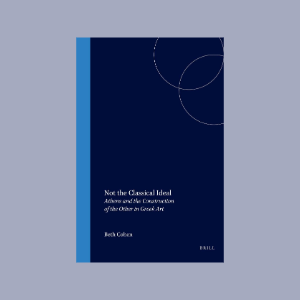
“Not the Classical Ideal: Athens and the Construction of the Other in Greek Art” explores how ancient Greek society, particularly in democratic Athens, defined itself by contrasting with non-ideal “Others”—women, slaves, foreigners, and non-Greeks like Persians. This anthology, with contributions from 17 international scholars, delves into how Greek art visually represented these marginalized groups. Through diverse methodologies, the authors examine the depictions of gender, class, and ethnicity in Late Archaic and Classical Greek art, revealing the social and political roles these portrayals played. The book offers a comprehensive look at how Greek imagery constructed and reinforced social hierarchies and identities.
Women in Classical Athens
by Sue Blundell

This book uses the images of women in the Parthenon sculptures to explore two aspects of feminine experience in Classical Athens: the human and the divine. It examines how women held prominent religious roles while remaining largely invisible in the domestic sphere, particularly focusing on the young citizen women who lead the procession. The goddesses depicted in the frieze are analyzed in terms of their relationships with human worshipers and their symbolic connections to mythological figures like the Amazons. The book also considers a third aspect of feminine life, looking at the prostitutes, slaves, and foreign women who, despite not appearing in the Parthenon sculptures, made significant economic and cultural contributions to Athenian society.
The Athenian Woman: An Iconographic Handbook
by Sian Lewis
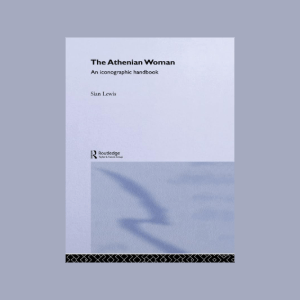
In this book, Sian Lewis explores the diverse experiences of women in classical Greece, from childhood to old age, including enslaved and foreign women, and the ageless women often depicted in Athenian red-figure pottery. Ceramics offer a valuable glimpse into women’s lives during this period, showcasing various female figures and activities. However, interpreting these images can be challenging, especially when they seem to contradict literary accounts. Lewis argues that to truly understand these depictions, it is essential to view the vases as both archaeological artifacts and works of art. Context is key in determining which images accurately reflect women’s real lives and which require reinterpretation.
Ancient Women Writers of Greece and Rome (Routledge Sourcebooks for the Ancient World)
by Bartolo Natoli, Angela Pitts, Judith Hallett
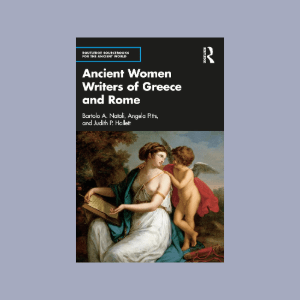
“Ancient Women Writers of Greece and Rome” brings together the surviving works of major female authors from the Greco-Roman world in one volume, offering original texts alongside English translations and insightful commentaries. Featuring writers like Sappho and Sulpicia, this book provides a comprehensive and accessible resource for studying ancient female poets and authors. Designed with students in mind, it combines scholarly depth with approachable analysis, making it ideal for those studying Greek, Latin, and Classical Studies, as well as readers interested in ancient literature and gender studies. The collection highlights the relevance of women’s voices from antiquity in today’s ongoing discussions of gender and equality.
Women in Ancient Greece: A Sourcebook (Bloomsbury Sources in Ancient History)
by Bonnie Maclachlan
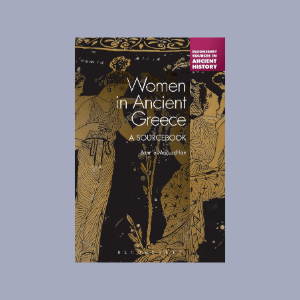
This comprehensive volume is an invaluable resource for studying the role of women in the ancient Mediterranean world. It offers a rich collection of translated source material from a wide range of literary, philosophical, legal, and historical documents, including papyri and inscriptions. Covering geographic areas from Greece to Egypt and southern Italy, the book traces women’s experiences from the eighth century BCE through the Hellenistic era. Designed for students and scholars alike, it includes suggestions for further reading, a general bibliography, and an index of ancient authors. This volume serves as an essential tool for those studying history, sociology, and women’s studies, providing cultural context for each text.
Why These Books Matter
These books matter because they provide a deeper understanding of the often overlooked experiences of women in Ancient Greece, challenging the traditional male-centered narratives of history. By exploring the roles, struggles, and contributions of women through various lenses—art, literature, religion, and daily life—these works reveal the complexity and significance of women’s lives in shaping ancient societies. They also highlight the ongoing relevance of these historical perspectives in today’s discussions about gender, equality, and the representation of women. Together, these books help fill critical gaps in our knowledge of the ancient world and offer valuable insights into how women’s voices and roles have been marginalized, both historically and in contemporary culture.

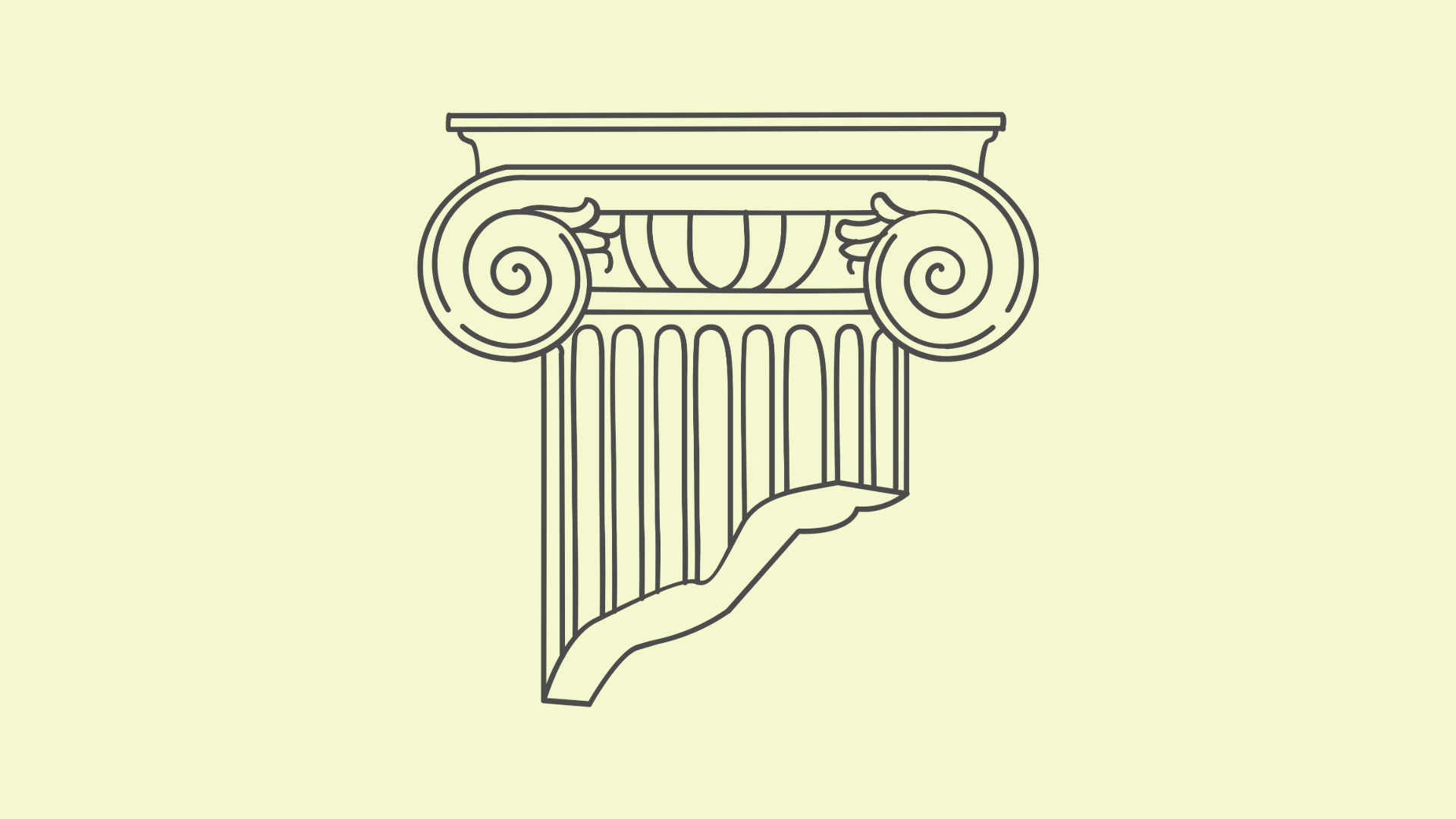

Leave a Reply